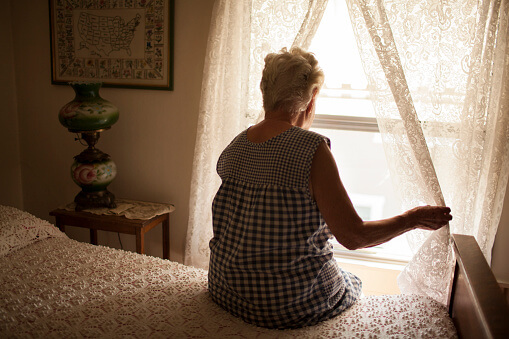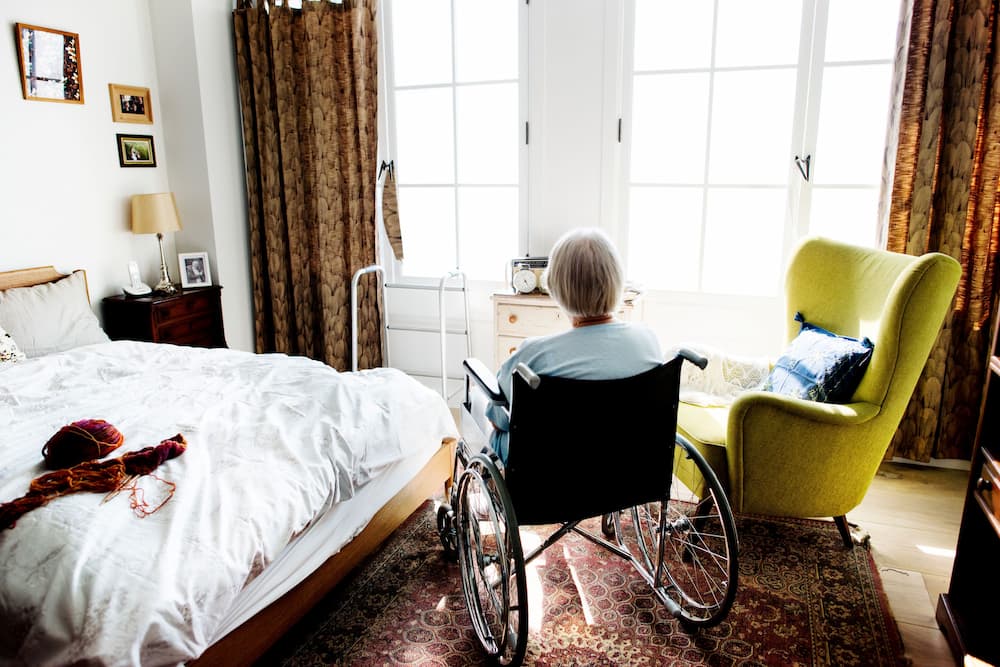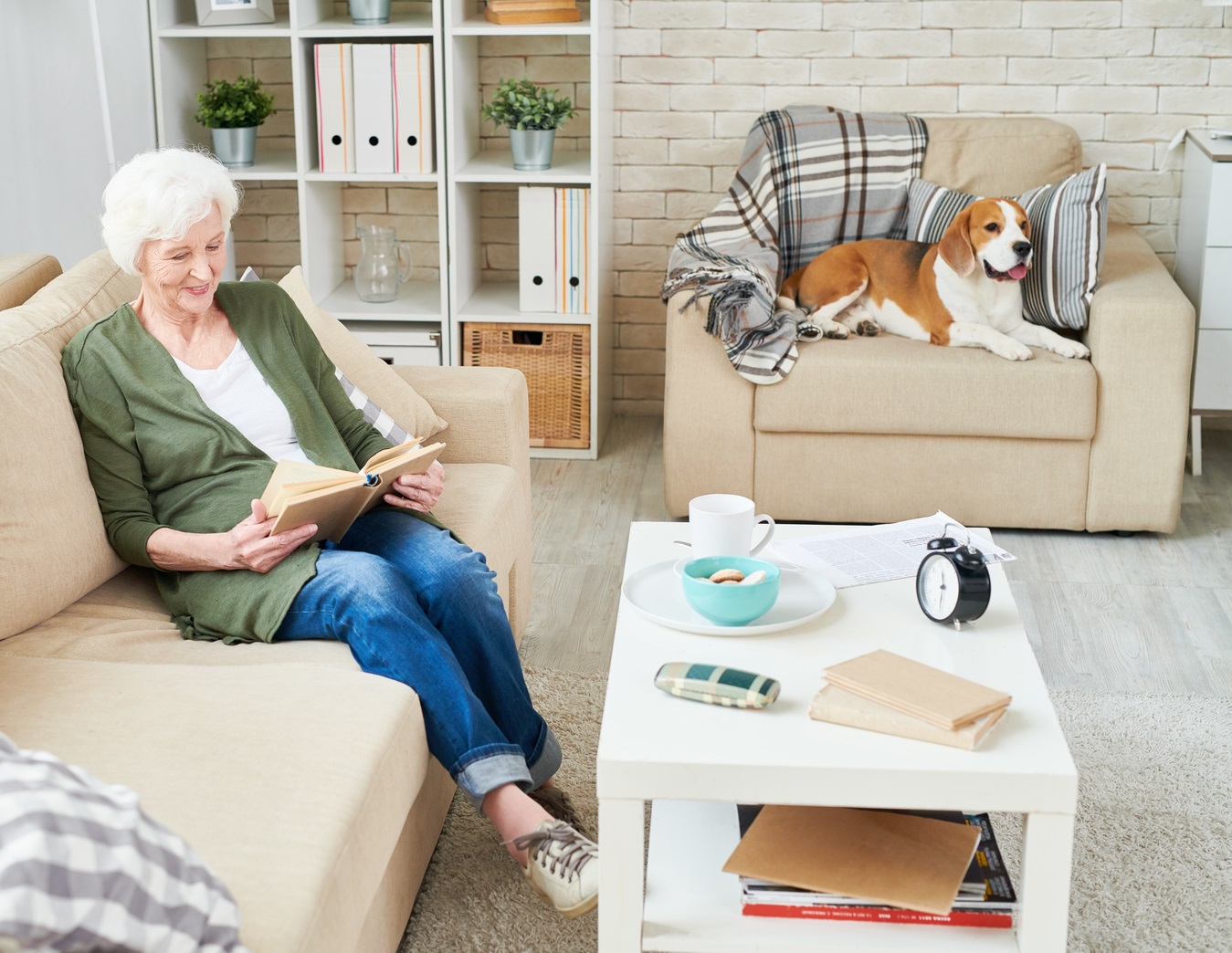
Introduction to Fall Detection and Monitoring
As the global population ages, ensuring the safety and well-being of the elderly becomes a priority. One of the critical aspects of elderly care is fall detection with remote caregiver monitoring. Falls are a leading cause of injury among older adults, and timely assistance can significantly reduce the risk of severe injuries. By integrating technology with caregiving, we can enhance the quality of life for seniors and provide peace of mind for their families.
What is Fall Detection?
Fall detection technology is designed to automatically identify when a person has fallen and alert designated individuals or emergency services. This technology is crucial in providing immediate help, reducing the time an individual may spend injured and unattended. Fall detection systems use various sensors and technology to accurately detect falls and differentiate them from other movements.
How Does Remote Caregiver Monitoring Work?
Remote caregiver monitoring involves the use of technology to monitor the well-being of individuals from a distance. This can include monitoring vital signs, movement, and environmental conditions. For fall detection, remote monitoring systems typically involve wearable devices or home sensors that communicate with caregivers or monitoring centers in real-time.
Benefits of Fall Detection with Remote Monitoring
The combination of fall detection and remote monitoring offers numerous benefits:
- Immediate Response: Quick alerts ensure timely assistance, reducing the risk of complications from falls.
- Peace of Mind: Families and caregivers can rest assured knowing their loved ones are being monitored.
- Increased Independence: Seniors can maintain their independence while having the safety net of monitoring.
- Data Collection: Continuous monitoring provides valuable data on health and activity levels.
Types of Fall Detection Technologies
There are several types of technologies used in fall detection systems:
Wearable Devices
Wearable devices, such as smartwatches or pendants, are popular for fall detection. They are equipped with accelerometers and gyroscopes to detect falls and send alerts. These devices are convenient and can be worn throughout the day.
Home Sensors
Home sensors are installed in various locations within the home to monitor movement. These can include floor sensors, motion detectors, or cameras. Home sensors are ideal for individuals who may not want to wear a device constantly.
Choosing the Right Fall Detection System
When selecting a fall detection system, consider the following factors:
- Ease of Use: Choose a system that is easy for the user to operate.
- Accuracy: Look for devices with high accuracy in fall detection to minimize false alarms.
- Connectivity: Ensure the system can communicate effectively with caregivers or monitoring services.
- Battery Life: Consider devices with long battery life for uninterrupted monitoring.
Integrating IoT for Enhanced Monitoring
The Internet of Things (IoT) plays a significant role in improving fall detection and remote monitoring. IoT devices can connect various sensors and systems, providing a comprehensive view of an individual’s health and environment. This integration allows for predictive analytics and more personalized care.
Challenges in Fall Detection Technology
Despite the benefits, there are challenges associated with fall detection technology:
- False Alarms: Ensuring systems distinguish between actual falls and normal activities can be difficult.
- Privacy Concerns: Monitoring systems must balance safety with respecting the privacy of individuals.
- Technology Adoption: Some seniors may be resistant to adopting new technologies.
Future of Fall Detection and Monitoring
The future of fall detection with remote caregiver monitoring is promising. Advances in AI and machine learning are expected to improve the accuracy and functionality of these systems. Additionally, as technology becomes more integrated into daily life, the adoption of these systems is likely to increase.
Conclusion
Fall detection with remote caregiver monitoring is a vital component of modern elderly care. By leveraging technology, we can provide safer environments for seniors while supporting their independence. As technology continues to evolve, so will the capabilities of these systems, offering even greater benefits to individuals and caregivers alike.

FAQs
What happens when a fall is detected?
When a fall is detected, the system sends an alert to designated contacts, such as family members or emergency services, to provide immediate assistance.
Can fall detection systems detect all types of falls?
While fall detection systems are designed to detect most falls, their accuracy can vary based on the technology used. It’s important to choose a system with proven accuracy.
Is remote monitoring intrusive?
Remote monitoring systems are designed to be unobtrusive and respect privacy. Users can choose systems that match their comfort level with monitoring.
This article contains affiliate links. We may earn a commission at no extra cost to you.






